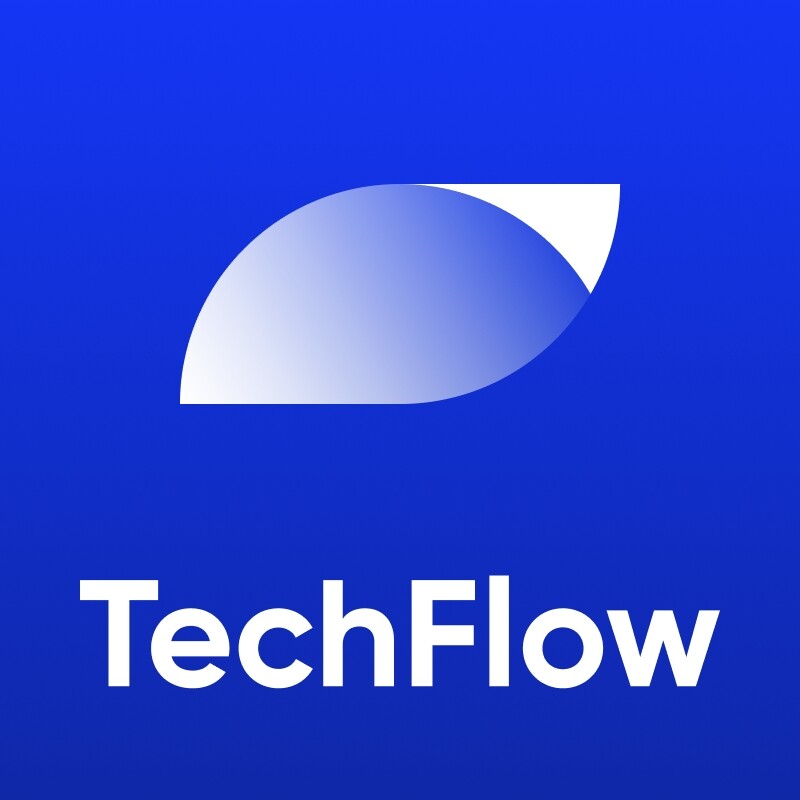Alpha Venture DAO price
in EUR

About Alpha Venture DAO
Disclaimer
OKX does not provide investment or asset recommendations. You should carefully consider whether trading or holding digital assets is suitable for you in light of your financial condition. Please consult your legal/tax/investment professional for questions about your specific circumstances. For further details, please refer to our Terms of Use and Risk Warning. By using the third-party website ("TPW"), you accept that any use of the TPW will be subject to and governed by the terms of the TPW. Unless expressly stated in writing, OKX and its affiliates (“OKX”) are not in any way associated with the owner or operator of the TPW. You agree that OKX is not responsible or liable for any loss, damage and any other consequences arising from your use of the TPW. Please be aware that using a TPW may result in a loss or diminution of your assets. Product may not be available in all jurisdictions.
Alpha Venture DAO’s price performance
Alpha Venture DAO on socials

Guides

Create a free OKX account
Fund your account
Choose your crypto
Alpha Venture DAO FAQ
Yes, the core team members of Stella remain unchanged from their roles within Alpha Finance Lab. Tascha Punyaneramitdee continues to serve as the Project Lead, Nipun Pitimanaaree remains the Tech Lead, and Arin Trongsantipong remains the Product Lead.
No, there are no planned changes to the staking system in Stella. Users can continue to participate in staking and earn rewards as before. However, it's important to note that after the launch of Stella, protocol fees will be collected from both Stella Layer 1 and Layer 2 platforms. When users generate a yield from their leveraged positions and Stella takes a yield cut through the Pay-As-You-Earn model, 20 percent of these yield cuts will be collected as protocol fees.
Easily buy ALPHA tokens on the OKX cryptocurrency platform. OKX’s spot trading terminal offers the ALPHA/USD trading pair.
You can also swap your existing cryptocurrencies, including XRP (XRP), Cardano (ADA), Solana (SOL), and Chainlink (LINK), for ALPHA with zero fees and no price slippage by using OKX Convert.
Dive deeper into Alpha Venture DAO
Stella, formerly known as Alpha Finance Lab, is a protocol that offers leveraged strategies with zero-interest borrowing costs. The introduction of Stella addresses the need for an efficient leverage system within the decentralized finance (DeFi) space. By providing deep liquidity and a strong foundation, Stella aims to empower users with enhanced leverage opportunities in a decentralized manner.
What is Stella
Currently a testnet, Stella is a DeFi protocol designed to offer zero-interest borrowing costs. The platform's utility token, ALPHA, plays a vital role in providing users with on-chain access to a diverse range of leveraged strategies. In addition to interest-free borrowing, Stella's lending pools will generate yield for lenders, creating opportunities for them to earn interest on their tokens.
The Stella team
Stella (previously Alpha Finance Lab) boasts a talented core product team. Tascha Punyaneramitdee leads the project as the Project Lead, with prior experience as the head of strategy at Band Protocol, Product Manager at Tencent, and Investment Banking Analyst at Jefferies. Nipun Pitimanaaree serves as the Tech Lead, bringing expertise as the former Chief Research Officer at OZT Robotics. Lastly, Arin Trongsantipong holds the position of Product Lead, with previous roles as a Software Engineer at SCB 10X, SCBC, and Cleverse.
How does Stella work
The Stella protocol comprises two key components: Stella Strategy and Stella Lend, providing distinct opportunities for users:
- Stella Strategy: Strategists gain access to a diverse range of leveraged strategies with zero-interest borrowing. By participating in Stella Strategy, strategists can earn yields on their leveraged positions. The generated yields from Stella Strategy are shared with the lenders, allowing them to benefit from the strategy's performance.
- Stella Lend: Lenders can contribute their assets to the lending pools on Stella and earn yields.
Stella’s native token: ALPHA
The ALPHA token serves as the utility token at the heart of the Stella ecosystem, offering a wide range of services and benefits. With a total supply of 1 billion tokens, the initial release saw 174.1 million tokens introduced into circulation. Over time, the majority of the tokens have been issued and are steadily reaching the total supply.
ALPHA use cases
The ALPHA token plays a crucial role within the Stella protocol, offering a range of use cases for its users. Firstly, it serves as the transactional currency for lenders, borrowers, and other on-chain functions within the protocol. Additionally, ALPHA holders can stake their tokens to receive rewards in the form of protocol fees and tokens from previously incubated projects. Furthermore, ALPHA token holders also gain governance rights, enabling them to actively participate in shaping the future of the protocol.
Holding a certain volume of ALPHA tokens can unlock additional privileges, such as access to token sales. As the Stella protocol continues to evolve, the use cases for ALPHA are expected to expand.
ALPHA distribution
ALPHA is distributed as follows:
- 10 percent: Public sale
- 5 percent: Launchpool
- 20 percent: Liquidity mining
- 19.5 percent: Team and advisors
- 10.83 percent: Private sale
- 34.67 percent: Stella ecosystem contributors
What the future holds for Stella
Stella foresees a future where stakers will earn more fees as the platform becomes more popular and leveraged positions generate higher yields. As the DeFi landscape continues to evolve, Stella aims to redefine how leveraged DeFi platforms work by establishing a robust leverage system. By doing so, Stella aims to reshape the way users interact with leveraged strategies and unlock new possibilities for the ecosystem.
ESG Disclosure







